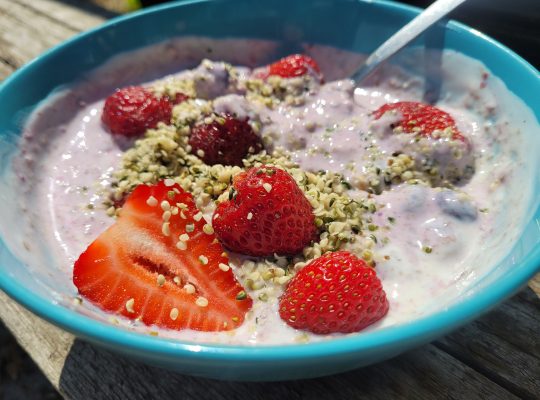Do you like crème brulée? How about grilled meats? Chips? French fries? There is something appetizing about the caramelized or roasted foods or crunchy foods, and I know that’s partly why bringing up their ugly side may not win me a popularity contest. However, knowledge is power, more so when it comes to what goes in our bodies.
Or what forms in our bodies. OK, let’s unpack all this.
What are AGEs?
They are compounds formed when sugars such as glucose and fructose get attached to proteins or lipids (fat molecules). The process occurs naturally in the body and in the foods we cook and it is irreversible, which is why they are a big problem.
Some of this is a natural part of life, meaning we get slowly ‘browned’ or ‘caramelized’ as we age and the only thing that stops this reaction is …well, death, as best explained by Professor Robert H. Lustig, MD, in his latest book Metabolical – The Lure and the Lies of Processed Foods, Nutrition, and Modern Medicine (HarperCollins 2021). However, because of our eating habits, there are way more of these compounds in our bodies than there should be. A lot of it has to do with what we eat.
Why are they a concern?
The faster these molecules accumulate and the more they are, the faster we age and the higher the risk of chronic diseases, such as diabetes, cancer, Alzheimer’s disease, and chronic kidney disease. Oh, and the skin ages faster too (and really, who needs extra wrinkling??).
All is not terrible though. As with so many other things that occur in our bodies whether due to internal processes (formation of free radicals, for example, or various waste products produced during various biochemical cell reactions), or external ones (exposure to pollutants and UV radiation), we have many repair mechanisms in place to keep us safe.
Some of the AGEs formed in our bodies or ingested via food get cleared away, but if there are too many then they get to play their ugly games.
Where do they come from?
Like I said, they are formed in our bodies, and while we supply part of the final molecule (the protein or lipid), the sugars are coming from our diet. And if glucose causes insulin spikes and increases the risk of obesity, while also causing an increase in AGEs, the real baddie here is fructose which attaches itself to proteins and form AGEs. Seven times faster. Fructose comes as an invited guest in most ultra-processed foods and fast foods, even in the savoury ones.
Let’s just pause on the AGEs that we ingest with food. They are absorbed through the digestive system and eventually reach the liver where they attached to receptors for AGEs (naturally called RAGE and yes, science names can be cynical and cheeky at times).
Once there they can initiate a whole range of biochemical reactions, majority of which we’d be better of without.
Bottom line
Minimize consumption of foods that have been ultra processed and aim for fresh, whole foods. The more home cooked meals you can fit in your diet the better. One good reason: you know exactly what goes in each meal. Think about it this way: if you eat healthy 80 percent of the time (or more) and leave some room for indulgences your body will be better equipped to handle them because you’re providing it with adequate nutrition most of the time.







